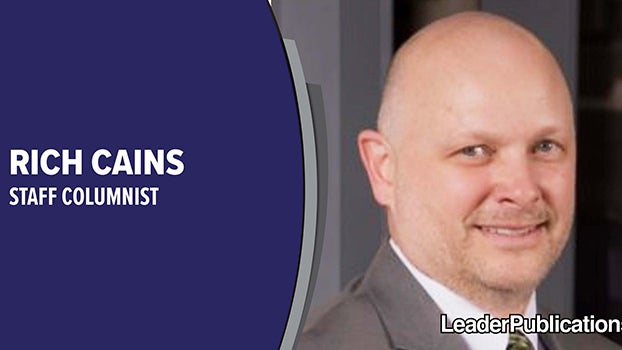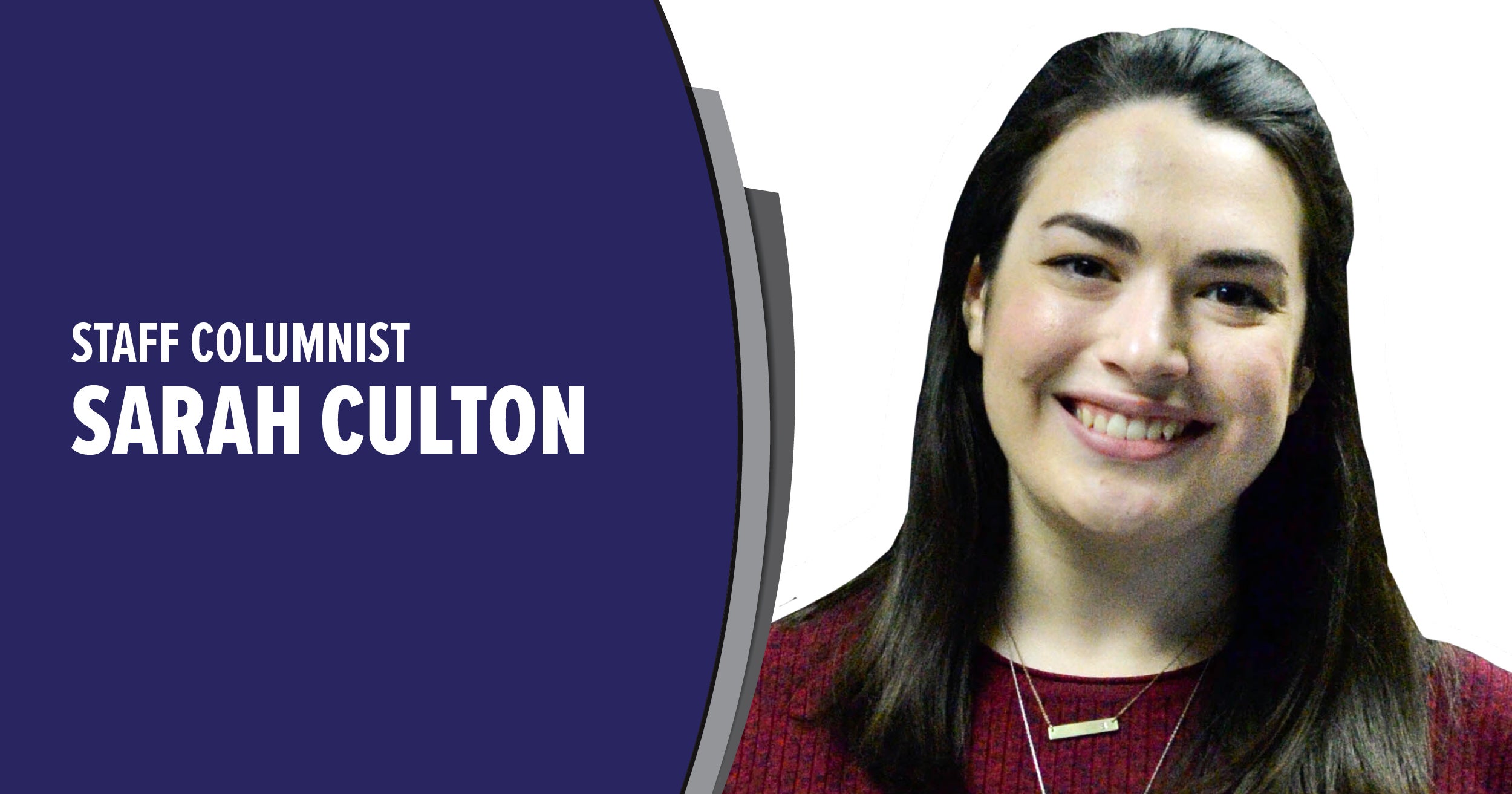Creative approaches to celebrating history
Published 10:58 am Thursday, July 20, 2017
Any given Saturday this summer, a handful of volunteers can be found working their magic to bring history to life.
Their tool of choice? A paintbrush.
Week after week, more color fills the formerly blank wall of the Dowagiac Area History Museum. The historic orphan train is springing to life through the artistic eye of Cassopolis artist Ruth Andrews, with the help of countless volunteers who have helped to illustrate the important piece of Dowagiac history each Wednesday and Saturday.
Miles down the road, children and college students from all over southwest Michigan are taking a peek into the past, digging into the history of Fort St. Joseph at Western Michigan University’s archaeological site. All artifacts found will be studied by WMU’s archaeology department and then sent back to the Niles History Center to be preserved and showcased.
These collaborative celebrations of history are wonderful ways to not only to honor their respective communities’ past, but also to celebrate the present and future. Both projects involve people of all ages who reside in Michiana, and all participants are gaining skills and making memories they will carry with them the rest of their lives.
In today’s fast paced world, we make a habit of looking to the future — constantly focused on the now and the next. This is of course important for the growth of our communities and the people who live here, but understanding where we come from is equally important — not to mention fun!
I especially love the fact that both projects teach people of all ages history lessons in such creative ways. The topic of history often elicits yawns and groans — especially from young people. Ask children to study history during summer break, and you are likely to get a laugh or an eye roll. These projects both have drawn children who are voluntarily spending their summers doing just that, drawing them away from video games, Netflix and Facebook to exercise their brains, muscles and creativity.
If you have not already, I encourage you to venture out to downtown Dowagiac and watch the artists at work on the beautiful Orphan Train mural. While you are at it, take advantage of the unique opportunity to see archaeologists at work at the Fort St. Joseph dig site in Niles. Those responsible for both projects should be commended for their efforts, which will pay dividends for years to come.
For decades after these projects are completed, people from all over the world visiting Dowagiac and Niles will have the opportunity to reap the benefits of their work and, in turn, share the knowledge uncovered in the dig or portrayed in the mural.
We are fortunate to belong to communities that understand celebrating our past is the best way to ensure a positive future, and find ways to embrace such bountiful opportunities.
Ambrosia Neldon is the general manager at Leader Publications. She can be reached by phone at (269) 687-7700, or by email at ambrosia.neldon@leaderpub.com.





